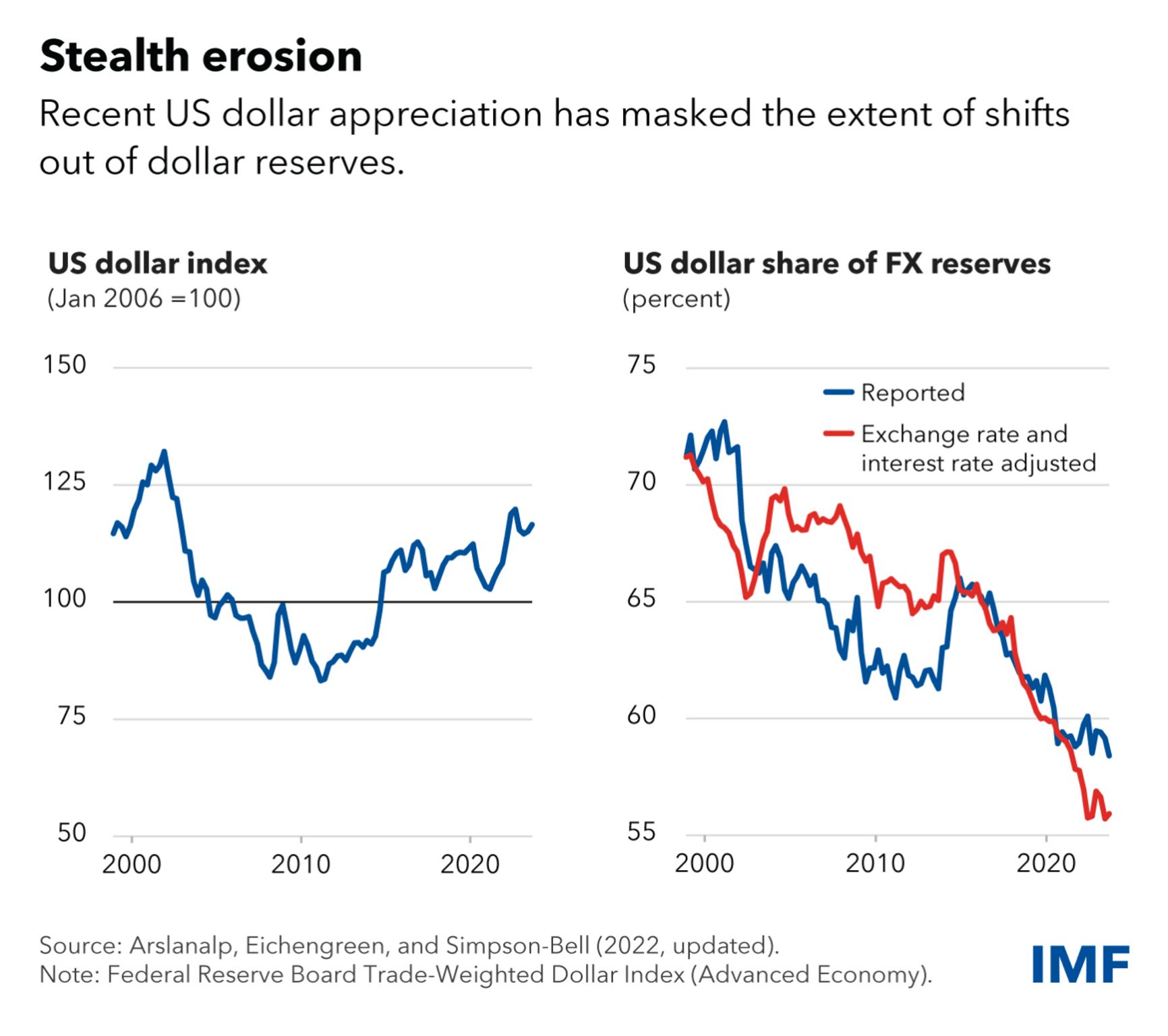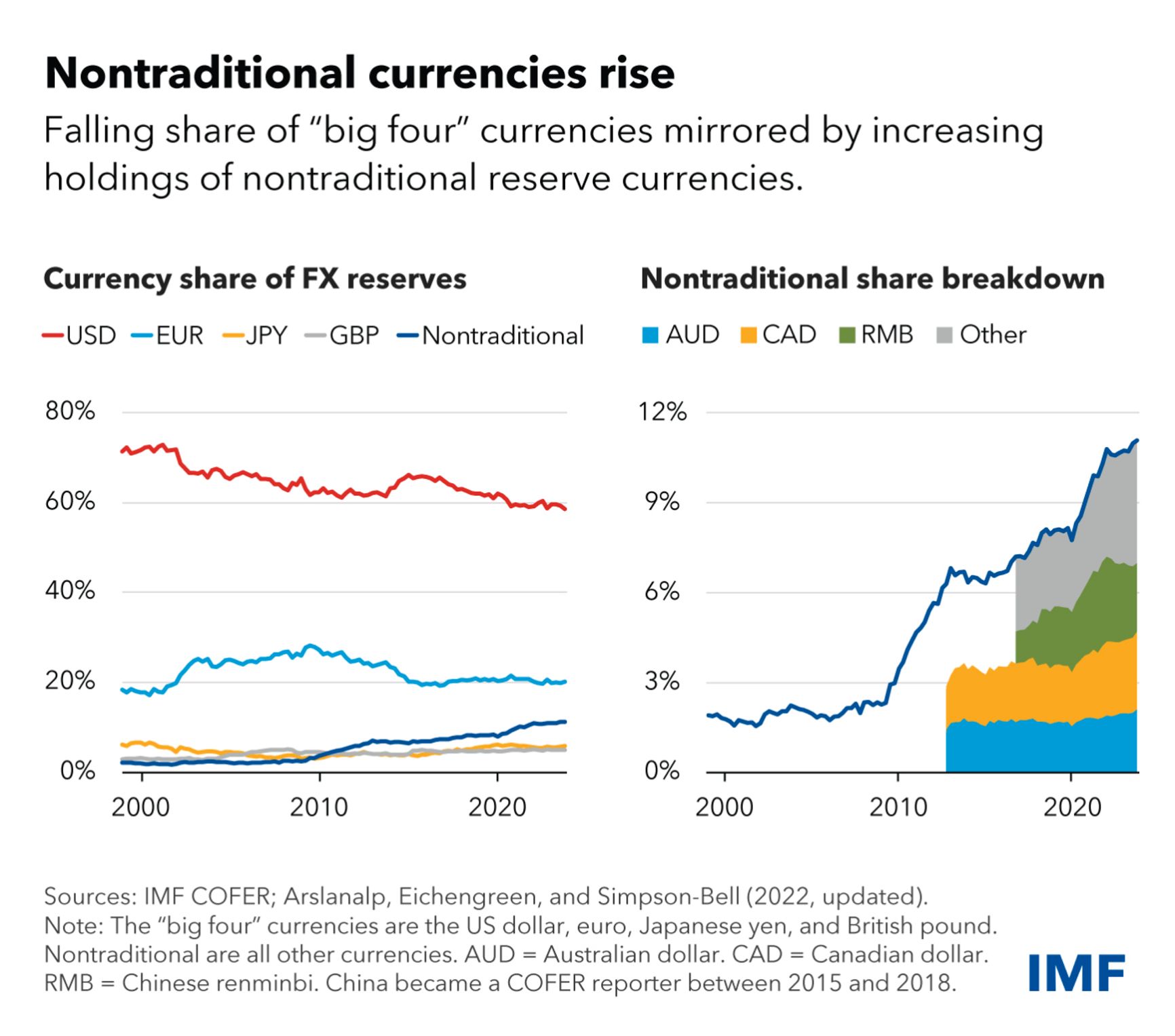

At a meeting with the leadership of Russia’s Foreign Ministry on June 14, Vladimir Putin repeated multiple well-known falsehoods and Kremlin propaganda tropes — including the idea that the Bucha massacre had been a “Ukrainian provocation” or that Western leaders in 2014-2015 had signed the Minsk agreements without intending to honor them. But the speech also introduced new details to these old narratives, offering a glimpse at how Kremlin-created disinformation evolves.
Content
On the dependence of Western European countries on the United States
On the collapse of the financial system based on Western reserve currencies
On Ukraine allegedly preparing to attack Donbas before the Russian invasion
On how Russia had no intention of capturing Kyiv
On the expiration of Volodymyr Zelensky's presidential term of office
On the dependence of Western European countries on the United States
- European politicians tolerate humiliation, rudeness, and scandals, such as surveillance of European leaders, while the United States simply exploits them for its own benefit. [...] They are now pressuring their partners to supply Ukraine with more weapons and increase their capacity for manufacturing artillery shells. Who will need these shells once the conflict in Ukraine ends? How does this ensure European military security? It is difficult to understand. The United States is investing in military technologies, particularly advanced future technologies such as space exploration, modern drones and strike systems based on new physical principles. The United States is funding areas that will shape the nature of future armed conflicts, as well as the military and political power of nations and their standing in the world. These countries are expected to invest in areas of interest to the United States. However, this does not expand European potential. Let them do as they wish. We will probably benefit from it, but, in effect, that is the situation.
In February 2024, Pavel Aksenov, a defense correspondent for the BBC Russian Service, wrote:
“Since the Cold War, defense spending — the main engine of military progress — has plummeted and production has been reduced to relatively small batches of high-tech weapons designed and built for delivery to foreign countries.
For example, take the major European [jet] fighters of the late Cold War — the Panavia Tornado, Mirage 2000, and JAS 37 Viggen — which had been in production since the 1970s. Just under 1,900 units were built.
The next generation that emerged after the end of the Cold War was much less numerous — the Eurofighter Typhoon, Rafale and Gripen were built in numbers of just over 1,100 aircraft. [...]
The exact size of the European arms industry is difficult to estimate, as a June 2023 European Parliament report states, ‘current production capacity in the EU is a closely guarded secret.’
Nevertheless, the nature of arms production in Europe, according to multiple estimates, was until recently ‘peaceful’: European companies built rather few but expensive and complex weapons. Such production is very different from the mass production of equipment for a major war, primarily in terms of scale and equipment.”
In reality, the situation is the opposite of what Putin portrays: before the war, the European military industry was focused on innovative high-tech weapons, investing more in the development of cutting-edge systems than in their actual production.
But when Russia launched a full-scale war on the European continent, that required European countries to restructure military spending to focus on mass production of weapons urgently needed by Ukraine. A report by the European Defense Agency in November 2023 highlighted that while EU military spending in 2022 reached a record high, investment in defense research and development of new technologies decreased by €200 million compared to the previous year.
The preamble to the bill supporting munitions production, introduced in the European Parliament in May 2023, noted that the European weapons industry, in its current state, could produce no more than 230,000 pieces of ammunition per year — roughly the amount Ukraine's armed forces are unable to produce themselves or procure from elsewhere. Putin's concerns about Europe weaponizing for war are unfounded, and the continent’s increase in production has certainly not created an excess of unnecessary ammunition.
On the collapse of the financial system based on Western reserve currencies
- There is already a growing distrust of the financial system based on Western reserve currencies. There has appeared a certain outflow of funds from securities and bonds of Western countries, as well as from some European banks, which were until fairly recently considered to be absolutely reliable to put capital in. Now gold is also being taken out gold from those banks. And this is the right thing to do.
Putin skilfully misrepresents the facts: globally, the share of the U.S. dollar in international reserves has been declining, while reserves in euros, Japanese yen, and British pounds have seen slight increases. It is true that the share of so-called “nontraditional currencies” is rising more significantly, but among these, only the Chinese yuan and the Singapore dollar, both with small shares, hail from outside the Western block. The other currencies in this group include the Canadian and Australian dollars, the South Korean won, and the Swedish, Norwegian, and Danish krone.


The infographics show IMF data for 2022. Since then, the yuan's share of international forex reserves has actually declined, falling to a three-year low in April 2024.
On Ukraine allegedly preparing to attack Donbas before the Russian invasion
- In late 2021 and early 2022, the Minsk process was finally buried by Kyiv and its Western handlers. Another large-scale attack was planned on Donbas. A large group of the Ukrainian armed forces was preparing to start a new offensive against Luhansk and Donetsk, which obviously entailed ethnic cleansing campaigns, numerous casualties and hundreds of thousands of refugees. We were obliged to prevent that catastrophe and to protect the people. We saw no other solution.
Russian sources had indeed reported a build-up of Ukrainian forces on the line of contact in the run-up to Russia’s full-scale invasion. On December 1, 2021, Foreign Ministry spokeswoman Maria Zakharova claimed that Kyiv had sent 125,000 soldiers and officers to Donbas — essentially half of the entire Ukrainian army. However, independent sources did not confirm this information.
By February 2022, reports indicated that Russia had amassed up to 190,000 troops around Ukraine’s borders, and that they were poised to attack not only in the eastern Donbas region, but also south from Belarus towards Kyiv and north from occupied Crimea into southern Ukraine. It is difficult to believe that Ukraine would have planned an offensive against Donetsk and Luhansk at a time when Russia was staging manpower and materiel in advance of what turned out to be a massive Russian invasion of Ukraine.
On how Russia had no intention of capturing Kyiv
- Our units were indeed deployed near Kyiv, and the military departments and the security bloc had different proposals on our possible further actions, but there was no political decision to storm the city with three million people, no matter what anyone said or speculated.
In fact, it was nothing else but an operation to coerce the Ukrainian regime into peace. The troops were there in order to push the Ukrainian side to negotiations, try to find acceptable solutions and thereby end the war Kyiv had started against Donbas back in 2014, and resolve issues that pose a threat to the security of Russia.
Putin's speech implies that the massive Russian offensive against Kyiv, the attempts to seize airfields in Hostomel and Vasylkiv using paratroopers, the rocket fire on the Ukrainian capital, and the weeks-long attempt to encircle the city, were all merely intended to “push for negotiations.”
Official data on Russian personnel losses during this operation is not available, but according to the independent Dutch defense analysis project Oryx, which uses open-source intelligence to calculate equipment losses, by early April, when Russian troops began to retreat from Kyiv, they had lost 389 tanks, 256 heavy armored vehicles, 375 BMPs, 81 armored personnel carriers, and 66 self-propelled artillery units. If the effort really was merely intended to “push” Kyiv, Russia certainly paid a high price for the failed attempt.
On the expiration of Volodymyr Zelensky's presidential term of office
- The presidential term of the previously elected head of Ukraine has expired along with his legitimacy, which cannot be reinstated by any tricks. I will not go into detail about the background of the Ukrainian Constitutional Court’s ruling on the presidential term. It is clear that it was made amid attempts to legitimise the 2014 coup. Nonetheless, the verdict was passed, and this is a legal fact, which makes any attempt to justify today’s pantomime of canceling the election untenable. [...]
The Constitution of Ukraine does not provide for the possibility of canceling or postponing the election of the President of the country, or the continuation of his powers in connection with martial law, which they are now referring to. What does the Ukrainian fundamental law say? It says that the elections to the Verkhovna Rada can be postponed during martial law. Article 83 of the Ukrainian Constitution says that.
Ukrainian legislation has provided the only exception when the powers of a public authority are extended for the period of martial law, and elections are not held. This applies exclusively to the Verkhovna Rada. This designates the status of the Parliament of Ukraine as a permanent body under martial law.
In other words, unlike the executive branch, the Verkhovna Rada is a legitimate body now.
The May 2014 decision of the Constitutional Court of Ukraine referenced by Putin has no relevance to the current situation. At that time, the court ruled that the term of a president who came to power through early elections should be for a full five years, rather than terminating on the date when the term of the previously elected president would have ended.
While the Ukrainian Constitution does not extend the president's powers if his term ends during martial law, it also does not mandate transferring those powers to the Verkhovna Rada.
The assumption of presidential duties by the chairman of the Verkhovna Rada — with limited powers — is outlined in Article 112 of the Ukrainian Constitution. However, this article explicitly states that such a transfer is to occur only in the event of early termination of the president's powers — not upon the expiration of the president's elected term. Article 108, on the other hand, states:
“The President of Ukraine shall exercise his powers until the newly elected President of Ukraine assumes office.”
Article 92 states that the regime of martial law or state of emergency is determined exclusively by the laws of Ukraine. Article 11, paragraph 3 of the Law “On the Legal Regime of Martial Law” states:
“If the term of office of the President of Ukraine expires during martial law, his powers shall continue until the newly elected President of Ukraine, elected after the abolition of martial law, assumes office.”
This means that Putin’s claim that the Verkhovna Rada is the only legitimate central authority in Ukraine is factually incorrect, even if it has succeeded in fooling some of those who are unwilling to examine the actual wording of Ukraine’s laws.